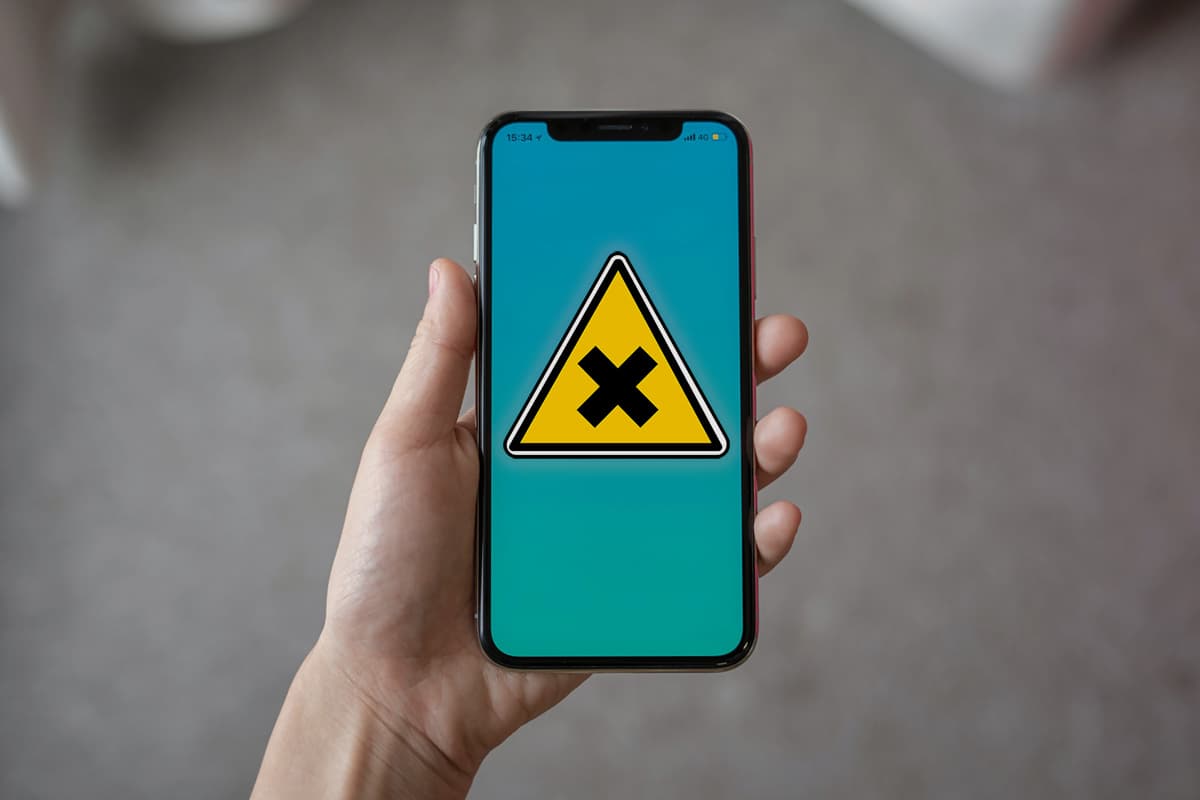As we journey through the digital world with our Android devices, navigating through a sea of apps and websites, we’re increasingly encountering a sinister digital menace lurking in the shadows: fake virus warnings. These aren’t just minor irritations; they’re cunning traps set by cybercriminals looking to prey on our fears about digital security.
Understanding the Threat: What Are Fake Virus Warnings?
Fake virus warnings are a form of scareware, a tactic used by cybercriminals to instill fear and panic. These warnings typically appear while you’re browsing the internet or after you’ve installed a dubious application. They are cleverly designed to mimic the look and feel of legitimate security alerts from well-known antivirus software or even the Android system itself. The goal? To trick you into believing your device is under immediate threat from a virus or other nasty security threats.
These pop-ups often exhibit a few common characteristics. They might claim to have performed a ‘scan’ of your device, subsequently ‘discovering’ dangerous viruses or malware. They’ll probably scream that you need to take immediate action to prevent catastrophic damage or loss of data. Some even go as far as to mimic the visual and auditory cues of real antivirus software, complete with countdown timers and urgent warning sounds, to create a sense of authenticity and immediate danger.
However, the real danger of these fake warnings isn’t the nonexistent viruses they claim to detect. It’s the actions they try to provoke. These alerts typically goad you into clicking a link to ‘remove’ the threats, downloading some ‘security’ app, or handing over personal details or money to ‘activate’ protection. These actions can lead to real security threats, including malware infections, data theft, and financial loss.
How to Spot a Fake Alert
Knowing how to spot a fake virus warning is crucial for your digital well-being. These alerts are crafty, but they often share some common red flags:
- Unexpected appearance: Genuine virus warnings usually pop up after you’ve initiated a scan. If a warning appears out of nowhere, especially while you’re just browsing, that’s a big red flag.
- Aggressive language and urgency: Fake alerts often use alarming language and assert that immediate action is necessary. Phrases like “Your device is severely damaged!” or “Immediate removal required!” are common. Real antivirus software provides a more measured response.
- Vague details: Scammers usually don’t have specific information about your device or the ‘viruses’ they claim to have detected. Look for generic descriptions and a lack of detail about the supposed threat.
- Requests for personal information or payment: No legitimate antivirus tool will ask for personal details or direct payment for virus removal within an alert.
What to Do If You Encounter a Fake Virus Warning
Even with the best preventive measures, you might still encounter a fake virus warning. Here’s how to respond effectively and minimize potential damage:
- Stay calm and don’t click: Your first reaction might be panic, but it’s crucial to stay calm. Do not click on any part of the pop-up, even the ‘close’ button, as it might be a trap.
- Shut it down: If it’s in your browser, close it. If it’s an app, force close it. On Android, you can usually do this through the ‘Recent Apps’ button.
- Disconnect from the internet: Temporarily disconnect your device from the internet. This can prevent any potential malware from transmitting data or downloading further malicious content.
- Run a scan: Use your legitimate antivirus software to run a full scan of your device. This will help you determine if your device has been compromised and remove any threats.
- Clear your browser data: If the warning appeared while you were browsing, clear your browser’s cache and cookies. This can remove any residual malicious scripts.
- Report the scam: Consider reporting the incident to relevant authorities or forums. This can help others become aware of the scam and avoid it.
Preventive Measures: Safeguarding Your Device
Taking proactive steps can significantly reduce the risk of encountering fake virus warnings and other security threats. Here’s how you can safeguard your Android device:
- Stay updated: Keep your device and apps up to date. Updates often patch security vulnerabilities.
- Choose wisely: Only install reputable antivirus software.
- Source check: Only download apps from trusted sources like the Google Play Store, and even then, check reviews and ratings.
- Be wary of permissions: Be cautious about granting apps permissions that they don’t need to function. An app asking for unnecessary access can be a red flag.
- Use secure networks: Avoid performing sensitive activities like online banking on public or unsecured Wi-Fi networks.
Your Safety in Your Hands
Navigating the world of fake virus warnings on Android can be daunting, but with the right knowledge and tools, you can effectively protect yourself. Remember, vigilance and informed action are your best allies in maintaining your device’s security and your peace of mind.
In conclusion, fake virus warnings on Android are a growing concern, but by understanding the threat, recognizing the signs, taking preventive measures, and knowing how to respond, you can safeguard your device and personal information. Stay alert, stay informed, and take control of your digital safety.
